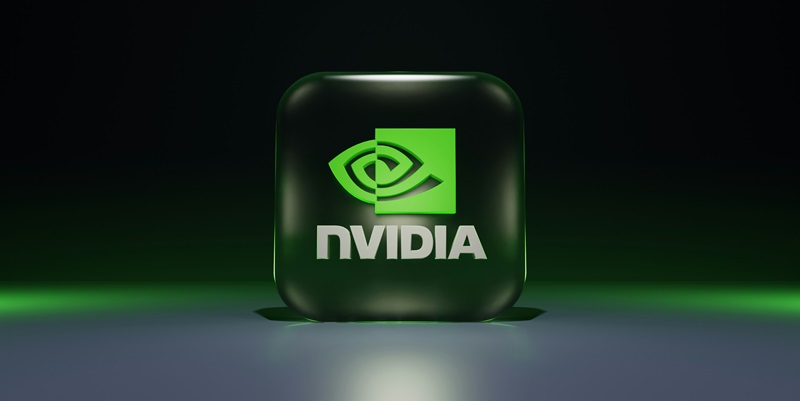Nvidia’s announcement of their next-generation Blackwell architecture during the GTC conference in March marked a pivotal moment in GPU technology evolution. As a significant leap forward in performance, Blackwell has been eagerly anticipated by the tech community. Nvidia chose Taiwan Semiconductor Manufacturing Company (TSMC) for mass production, showcasing the company’s commitment to utilizing cutting-edge manufacturing processes. However, the road to full-scale production has been fraught with challenges, particularly concerning yield issues. Nvidia had to make a critical adjustment involving a mask change to enhance yield efficiency, a complex task necessitated by the intricate architecture of the Blackwell chip. This complexity was further heightened by Blackwell being the first GPU to employ TSMC’s new manufacturing process, which includes Local Silicon Interconnect (LSI) bridges.
Even with these production obstacles, Nvidia remains optimistic, aiming to commence shipping billions of dollars’ worth of Blackwell GPUs by the fourth quarter of fiscal 2025. During the Q2 earnings call, Nvidia’s CFO, Colette M. Kress, addressed the company’s readiness to meet this ambitious timeline despite the setbacks. She emphasized that demand for Blackwell exceeds supply, highlighting the improved availability of existing Hopper cards as a stopgap in the interim. This is especially crucial as both the Hopper and Blackwell cards play a vital role in supporting the rapidly expanding AI industry, which is projected to continue growing substantially into 2025 and beyond. The anticipation for Blackwell GPUs underscores Nvidia’s influential position in the market and their ability to navigate and rectify production issues while maintaining supply chain efficiency.
Financial Performance and Market Demand
Despite the production challenges, Nvidia’s financial performance remains robust, further illustrating the company’s market dominance. In Q2, Nvidia reported a record revenue of $30 billion, emphasizing its strong position in the GPU market. This financial muscle enables Nvidia to invest heavily in overcoming the production issues and meeting the high demand for Blackwell GPUs. The growing anticipation among customers has led to predictions of longer waiting lists when Blackwell finally becomes available. The upgraded specifications of the Blackwell GPUs, coupled with the burgeoning AI sector, mean that the demand is likely to stay high.
The positive financial indicators also suggest that Nvidia’s strategies are effectively mitigating the impact of the production delays. By ensuring a steady supply of Hopper cards, Nvidia is keeping its customer base engaged and satisfied while paving the way for the forthcoming launch of Blackwell. The company’s ability to sustain revenue growth despite such significant manufacturing challenges is a testament to its strategic planning and market foresight. Nvidia’s management appears confident that once Blackwell is available, the new GPUs will quickly become essential components in various AI-driven applications, further solidifying Nvidia’s market leadership.
Navigating Manufacturing Complexities and Market Readiness
Nvidia’s announcement of their next-gen Blackwell architecture at the GTC conference in March marked a milestone in GPU technology. Seen as a major advance in performance, Blackwell has been eagerly awaited by tech enthusiasts. Nvidia partnered with Taiwan Semiconductor Manufacturing Company (TSMC) for mass production, underscoring their commitment to leveraging advanced manufacturing techniques. However, this journey hit some bumps, notably yield issues. Nvidia had to make a critical mask change to improve yield efficiency, a complex task given Blackwell’s intricate design. The challenge was heightened as Blackwell is the first GPU to use TSMC’s new Local Silicon Interconnect (LSI) bridges.
Despite these hurdles, Nvidia is optimistic and plans to ship billions of dollars’ worth of Blackwell GPUs by Q4 of fiscal 2025. During the Q2 earnings call, Nvidia’s CFO, Colette M. Kress, reassured stakeholders of their readiness to meet this ambitious timeline. She highlighted that demand for Blackwell outpaces supply, noting improved availability of existing Hopper cards as a temporary measure. This is crucial as both Hopper and Blackwell GPUs are key to the booming AI industry, expected to continue its steep growth into 2025 and beyond. The anticipation for Blackwell GPUs reinforces Nvidia’s strong market position and their ability to resolve production issues while maintaining supply chain efficiency.

